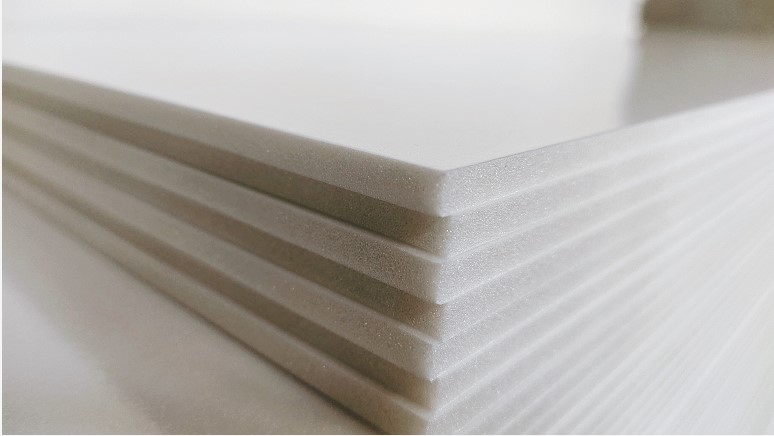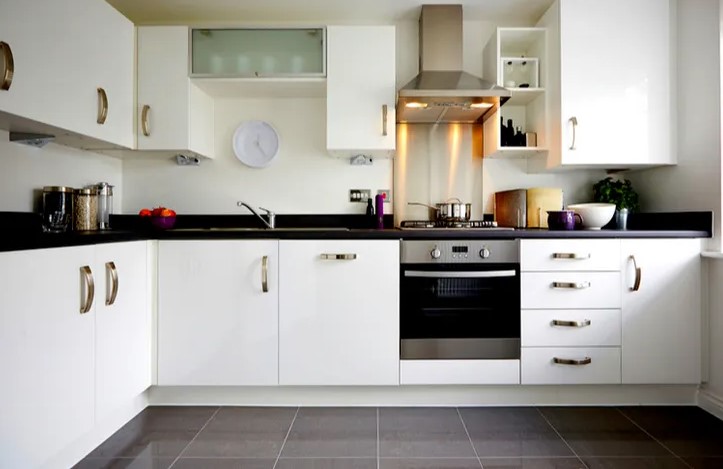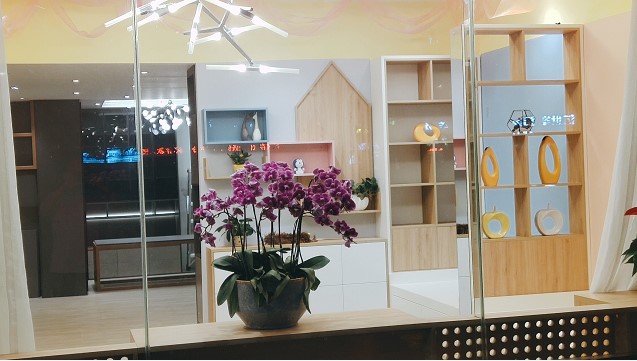KT board is a kind of plate-like material made of polystyrene. The PS material particles are foamed into a board core and pressed by surface coating. KT board is light, not easy to deteriorate,and convenient for subsequent cutting and processing. It is widely used in advertising display, architectural decoration, cultural publicity walls,and packaging. The traditional KT board adopts film coating and board coating process, which has high labor and time cost. The difference is that UV flatbed printer brings different production methods to KT board processing.
At the earliest stage, KT board was divided into hot board and cold board. Now it is generally divided into PS film surface KT board, paper surface KT board, and PVC film surface cold-pressed KT board. KT board is widely used in indoor and outdoor publicity. Besides exhibitions, it is also applied in the construction and home decoration industry, such as KT board decorative painting. UV flatbed printer is a fantastic tool for printing decorative pictures, which is also suitable for KT board printing.
UV flatbed printers can print patterns directly on KT board. They save many traditional processes and significantly shorten the production time. They are especially suitable for small orders requiring changeable pictures and texts and can quickly respond to customer needs. In addition, the UV printer with a Ricoh nozzle and white color varnish scheme can also achieve oil painting like a three-dimensional relief effect.
For KT board printing, besides photo mounting and direct printing by UV flatbed printer, there are also devices with dual characteristics of UV curing and photo, such as “Mr. board”, which can also reach a printing speed of more than 40 square meters per hour. Of course, the needs of customers are always different. For advertising processing users requiring higher printing speed and printing needs of multiple materials and shapes, UV printers may have more advantages in versatility and capacity improvement.
The UV printing solution of KT board is to print patterns directly on KT board through UV flatbed printer. Through UV flatbed printer, processors can complete both large orders and small orders quickly. For users with small batch orders, delivery on the same day can be realized.
KT board UV flatbed printer adopts G5 nozzle, which can print 3D relief effect through the color configuration of color + white + varnish.
As one of the primary materials of the current media, KT board is suitable for medium and short-term advertising production with high-quality requirements and will not be deformed when used as poster board, writing board, promotion display board, etc. The solution of KT board UV printer not only brings different production modes for KT board advertising production but also gives advertising manufacturers a new choice.
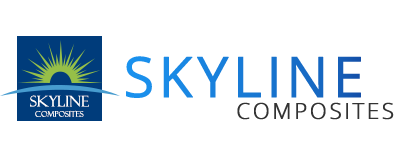
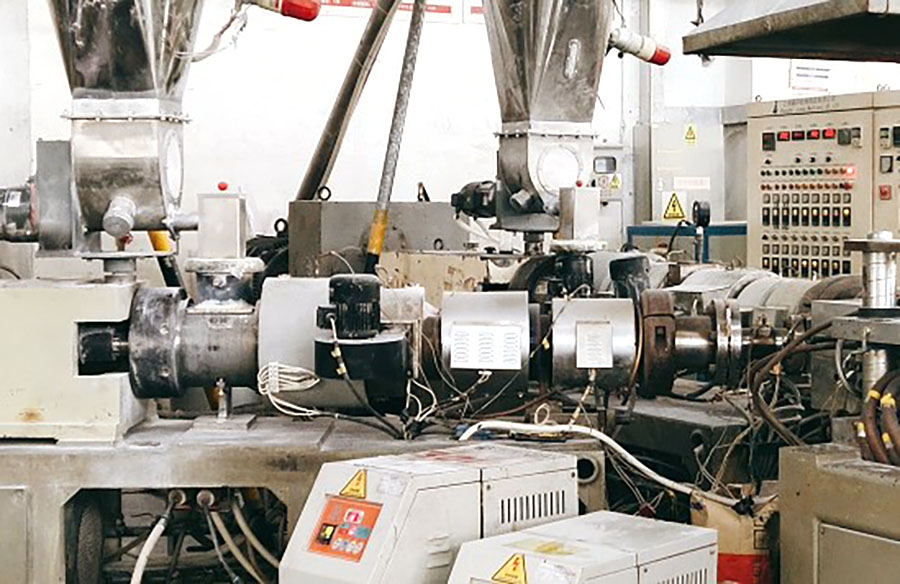
foam-board.jpg)
